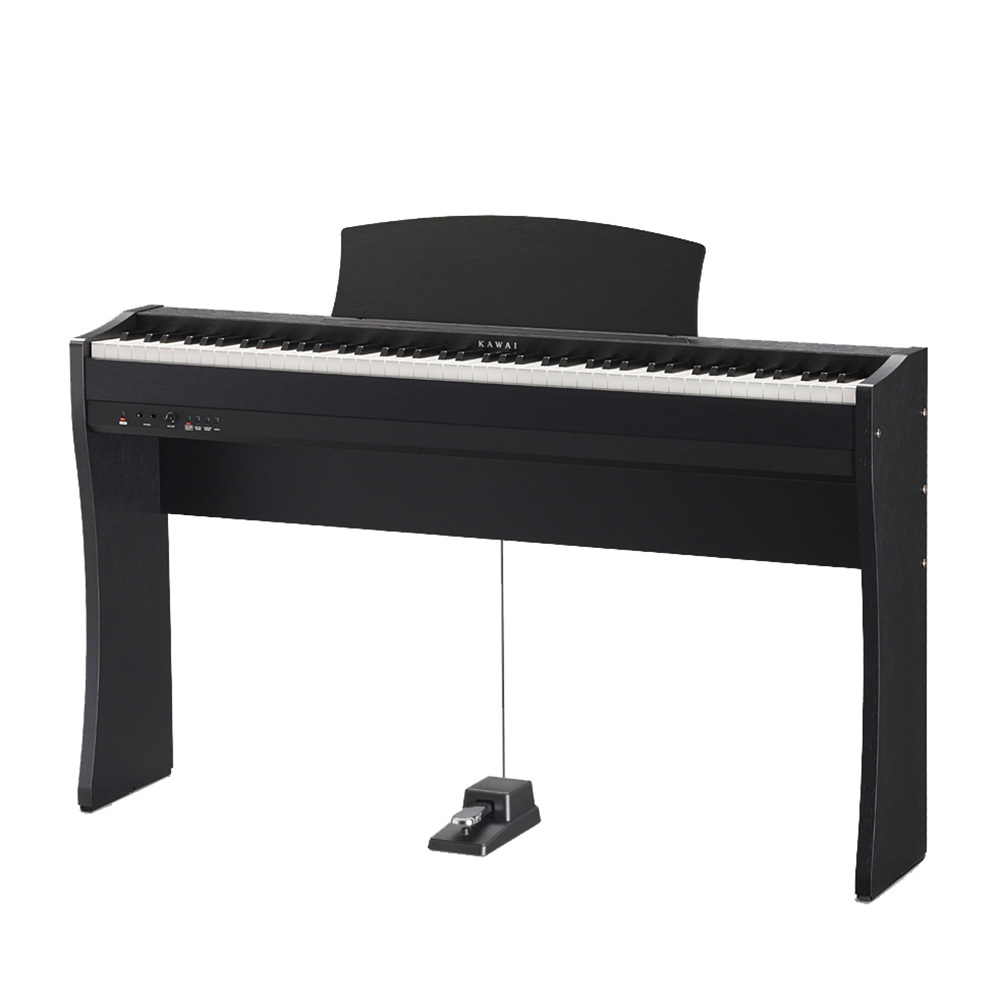1. Introduction
Polyphony is an important feature of digital pianos, and it’s essential for any musician who wants to create complex and layered musical compositions. Polyphony is the ability of a digital piano to play multiple notes at once and is one of the most important features to consider when purchasing a digital piano. In this article, we’ll discuss what polyphony is, the benefits of polyphony in digital pianos, different types of polyphony, how to choose the right digital piano for your needs, and more.
2. What is Polyphony?
Polyphony refers to the number of notes that a digital piano can play simultaneously. The higher the polyphony, the more notes that can be played at once. A higher polyphony also allows for more complex musical compositions with multiple layers and instruments playing together.
3. The Benefits of Polyphony in Digital Pianos
The main benefit of polyphony in digital pianos is that it allows musicians to create complex musical compositions with multiple layers and instruments playing together. With a higher polyphony, musicians can layer different instruments on top of each other or add additional parts to their music without having to worry about notes being cut off or dropped out due to lack of resources. Additionally, a higher polyphony means that musicians can play more complex pieces with larger chords and arpeggios without having to worry about losing any notes in the process.
4. How Many Notes Can a Digital Piano Play Simultaneously?
The number of notes that a digital piano can play simultaneously depends on its polyphony rating. Most digital pianos have a minimum polyphony rating of 64 notes, which means that they can play up to 64 notes at once without any notes being cut off or dropped out due to lack of resources. Some digital pianos have higher polyphonies ratings, such as 128 or 256 notes, which allow for even more complex compositions with multiple layers and instruments playing together.
5. Different Types of Polyphony
There are two main types of polyphony: true-polyphonic and multi-timbrality. True-polyphonic means that each note has its own individual sound source, while multi-timbrality means that multiple sounds are combined into one sound source and played together as one unit. True-polyphonic is generally considered to be better than multi-timbrality because it offers more control over each individual sound source and allows for more intricate compositions with multiple layers and instruments playing together.
6. What is the Difference Between Polyphony and Multitimbrality?
The main difference between polyphony and multitimbrality is that polyphony refers to the number of notes that can be played simultaneously while multitimbrality refers to combining multiple sounds into one sound source and playing them as one unit. True-polyphonic offers more control over each individual sound source while multitimbrality simplifies the process by combining multiple sounds into one sound source for easier control over all sounds at once.
7. How to Choose the Right Digital Piano for Your Needs
When choosing a digital piano, it’s important to consider its polyphony rating as well as other features such as touch sensitivity, weighting, size, portability, connectivity options, recording capabilities, etc. It’s also important to consider your budget when selecting a digital piano as prices can vary significantly depending on the model and features you choose.
8. Conclusion
Polyphony is an important feature of digital pianos and it’s essential for any musician who wants to create complex and layered musical compositions. The higher the polyphony rating on a digital piano, the more notes it can play simultaneously without any notes being cut off or dropped out due to lack of resources. When choosing a digital piano, it’s important to consider its polyphony rating along with other features such as touch sensitivity, weighting, size, portability, connectivity options, recording capabilities etc., as well as your budget when selecting a model that meets your needs.
9 . Resources
• Digital Piano Buyer’s Guide – https://www.musiciansfriend.com/digital-piano-buying-guide
• What Is Polyphony In A Digital Piano? – https://www.pianopricepoint.com/what-is-polyphony-in-a-digital-piano/
• Digital Piano Buying Guide – https://www.sweetwater.com/insync/digital-piano-buying-guide/
< h2 >10 . FAQs
Q: What is Polyphony?
A: Polyphony refers to the number of notes that a digital piano can play simultaneously without any notes being cut off or dropped out due to lack of resources
Q: What are the benefits of having higher polyphony in a digital piano?
A: The main benefit of having higher polyphony in a digital piano is that it allows musicians to create complex musical compositions with multiple layers and instruments playing together without having any notes cut off or dropped out due to lack of resources
< h2 >11 . Summary
In summary, polyphony is an important feature in digital pianos because it allows musicians to create complex musical compositions with multiple layers and instruments playing together without having any notes cut off or dropped out due to lack of resources. There are two main types of polyphony (true-polyphonic vs multi-timbrality) which offer different levels of control over individual sound sources when composing music with multiple layers or instruments playing together at once . When selecting a digital piano for your needs it’s important to consider its features such as its polyphonic rating along with other features such as touch sensitivity, weighting size portability connectivity options recording capabilities etc., as well as your budget when selecting a model that meets your needs

